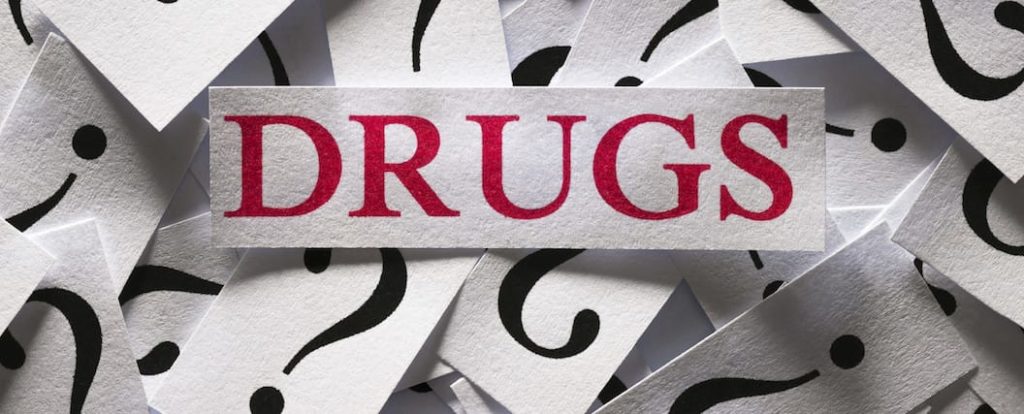For those struggling to recognize and understand drug addiction, the National Institute on Drug Abuse (NIDA) provides a basic introduction. It explains what addiction is, the changes that occur in the brain that lead to addiction, and reasons why some people are particularly vulnerable to addiction. Drug addiction is like many other compulsive behaviors. For the addict, the pursuit of the substance takes priority over just about everything else. The compulsiveness of the behavior pattern can leave family members and friends shaking their heads in frustration as they watch relationships and employment opportunities crumble. The addicted individual’s behavior may be mistakenly explained away as a lack of willpower. Instead, addiction is a disease with complex factors contributing to its development. Quitting can be difficult, and a patient may experience multiple relapses before they fully recover.
The Cost of Addiction
Not only does addiction take a toll on the addict and their loved ones, but it comes with a hefty cost to the public. The NIDA estimates that, including the toll on productivity and health care costs in addition to crime related to addiction, the total bill for substance abuse is around $600 billion each year. This number includes costs associated with tobacco, illicit drugs and alcohol.
Addiction: How It’s Defined and Treated
Addiction is defined by the NIDA as a chronic brain disease, often with multiple relapses, that causes the compulsive pursuit of drug use, regardless of the consequences to the addict or their loved ones. While experimentation with a drug is largely voluntary, the brain changes that take place following drug use may create specific challenges that lead to addiction. According to the NIDA, treatments that combine medications with behavioral therapy are among the most effective in combating addiction and avoiding relapse. The ideal treatment plans take into account the specific challenges a patient has and includes relapse prevention.
Drugs and the Brain
When a person takes drugs, they may be initiating changes in the brain that will lead to addiction. The chemicals in drugs essentially hijack the communication system in the brain and disrupt the functions of nerve cells to send, receive and process messages. The drugs can imitate the brain’s messengers and overstimulate the reward circuit with dopamine. The increased levels of dopamine flooding the brain cause the brain to produce less dopamine or reduce the number of dopamine receptors. As a result, the abuser begins to enjoy the drug less, along with other life events that previously led to a pleasure response. The addict begins to use more and more in an effort to restore the dopamine function, but larger amounts of the drug become necessary to achieve the desired response. In addition, brain-imaging studies have shown that long-term drug use can alter other systems in the brain related to decision-making, learning and memory. These changes may explain the addict’s pursuit of drugs at the expense of relationships and financial security.
Why Addiction Happens
There is no simple explanation for why some individuals become addicted to drugs while others can experiment without subsequent addiction. The NIDA says that biology plays a significant role, from genetic influences to gender, ethnicity and the presence of other mental disorders. Developmental differences also play a part in determining whether a person will become addicted. For instance, experimentation that occurs in adolescence is more likely to lead to addiction than experimentation that occurs in adulthood.

